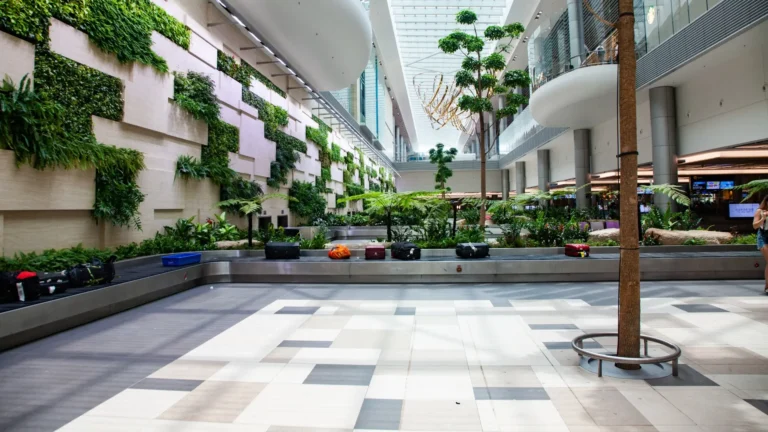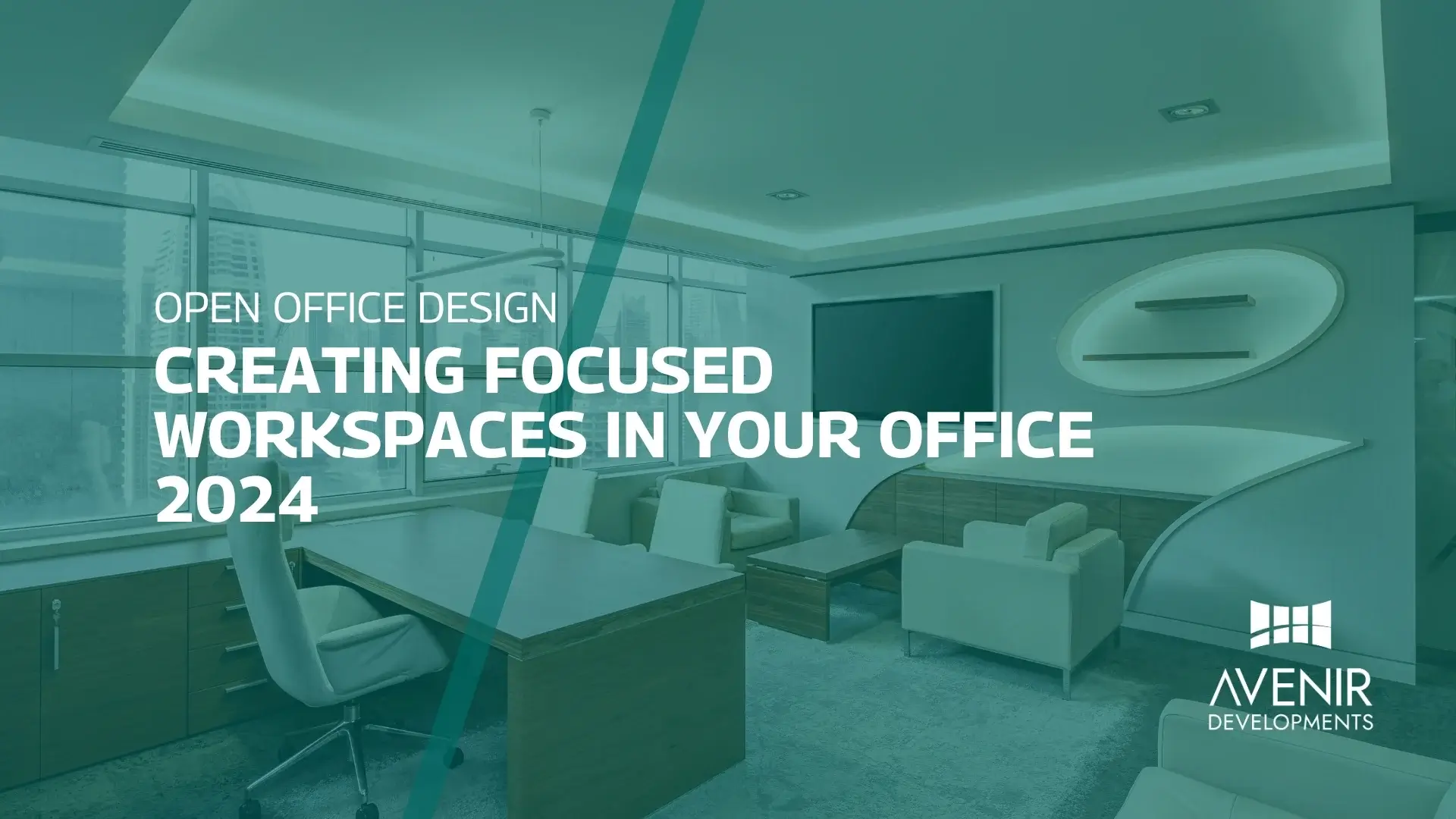As society grows more inclusive, public places must reflect this too. Public places should be designed for everyone, including those with special needs. This idea is called universal design. It makes sure places are accessible and welcoming for everyone.
Builders, engineers and architects should work together to make these designs common. They must know the best practices and new ideas in accessible design. This promotes a diverse and equal society. This article explains why it’s important for creating accessible public spaces and gives practical examples of how it’s been successfully used.
Understanding Inclusive Design
Inclusive design acknowledges diversity in how people interact with environments based on age and abilities. Architects understand these requirements and integrate them into public space designs. This ensures they accommodate diverse needs effectively. This approach aims to create inclusive environments that cater to everyone’s accessibility requirements.
Architects are encouraged to care about different ways people experience things and think about what they might need. This way of thinking leads to new ideas that help more people use things easily and enjoy them. The goal is to create places where everyone can take part fully and on their own. When societies make inclusivity a big part of how they design things they get closer to making places that respect and help all kinds of people.
Principles of Inclusive Design
Inclusive design follows important rules to make sure that places, things and services work well. Following are some of those rules:
– Flexibility in Use: It helps everyone when a place or building gives people lots of ways to use it. Architects in Lahore think about different ways people might use or move through the area to make it easier for them.
– Simple and Intuitive Use: The design should be clear so that anyone can easily understand it. Clear designs remove the possibilities of confusion and frustration because they’re easy to understand. Like to-the-point billboards and maps.
– Error Efficient: Design should predict and prevent possible dangers or mistakes to reduce the bad results if something goes wrong. This helps keep users safe and confident. Especially those who find it hard to control their movements or make decisions.
Designers follow these basic rules to make sure things are easy for everyone. They help create places that let everyone do things independently, feel respected, and participate equally.
Examples of Inclusive Design in Action
There are lots of projects that demonstrate how inclusive design can make public spaces better around the world. It’s about making places accessible and to get everyone in the community involved.
– High Line Park in New York City is a great example. It is a park created from an old railway. Instead of tearing down the railway tracks they transformed them into a green space that floats above the city streets. They built ramps and elevators so that everyone can easily access and enjoy the park’s elevated paths. Including the people who have difficulty walking. It’s designed to be a calm and beautiful place where people can walk, relax and watch the city skyline.
– Singapore’s Universal Design Masterplan in Asia sets a precedent for inclusive urban development. The city-state has systematically incorporated universal design principles into its infrastructure. They’re making streets, parks and public buildings accessible to all. This approach facilitates movement and promotes social inclusion without barriers.
– Maggie’s Centers exemplify how architecture can support well-being in the United Kingdom. These centers are designed specifically for cancer patients and their families. They prioritize accessibility and comfort. Natural light, open layouts and serene environments create supportive spaces during challenging times.
– Further south in Curitiba, Brazil, the Bus Rapid Transit (BRT) system is an inclusive transportation design. It has features like level boarding, priority seating for seniors and people with special needs and clear audio announcements. The BRT enhances mobility for all passengers. This system reduces traffic congestion and promotes equity.
Future Directions and Challenges Faced by Architects
There are still some challenges despite the progress in making inclusive public places. One of them is money. It’s often hard to find enough funds to make all areas accessible, especially in Pakistan. Also, different rules in different places get in the way of applying consistent standards for inclusive design.
Resistance to change is another problem. City planners worry about the cost or inconvenience of making changes. They might not understand how inclusive spaces benefit society.
Keeping accessibility features in good shape over time is important too. These features can wear out and lose their usefulness without regular maintenance. And that also requires money.
But there’s hope! We can redesign public spaces to be more welcoming and accessible using the latest technology. We also need to work on bringing city planners, community leaders and architects in Lahore on board.
Read More: From the Ground Up: Community Development & Architectural Solutions for Pakistan
The Last Word
Inclusive design is a new way of thinking about and creating public spaces. It emphasises diversity and making places accessible to everyone. We aim for a future where people can fully participate in public life regardless of anything. And inclusive design is the only way. This makes public spaces more accessible and fosters a compassionate society.
Don’t let your dream home stay a dream! Avenir Developments, one of the top architectural firms, can connect you with the perfect expert to bring your vision to life. Call today at +923001101103 and break ground on your future!







